![]()
UPDATED REVIEW – September 1, 2016 – Roland DP90e & DP90Se compact home Digital Pianos – Recommended – The Roland Corporation started making digital pianos many years ago and is well known throughout the world for building higher quality, advanced digital music products that piano students, players, teachers, professional musicians, churches, and studios use. I have played and used many of the Roland music products including digital drum kits, MIDI guitars, home organs, pro keyboards, digital pianos, pro audio systems, keyboard & guitar amps, headphones, special effects systems, MIDI products, and other music gear. *UPDATE: The DP90e & DP90Se are now discontinued and replaced by the new DP603 ($1999US & $2799US internet price depending on cabinet finish). Please read my review of the new DP603 at the following link: Roland DP603 Review
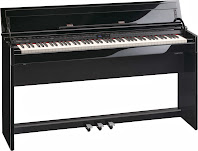 |
| DP90Se polished ebony |
Prior DP90e & DP90Se review: When it comes to digital pianos, the most important things to look for are accurate piano key action and key touch, authentic piano sound & dynamics with full expression capability, realistic pedaling response, and durability, especially in the higher priced models such as these new Roland DP series pianos. The DP series of pianos has been out for a number of years and no other major brand in the higher price range over $2000 has a digital piano quite like the Roland DP series with regard to a unique combination of upgraded looks & design in a special compact form, realistic acoustic style key action & acoustic type sound, authentic pedaling response, and useful digital features.
 differences between the two models is that the DP90e has the middle grade key action called “Premium Keyboard” and the cabinet comes in a satin black finish only, while the DP90Se has the best “Concert Keyboard” action and the cabinet is available in the upgraded high polish ebony and high polish white finishes. The price difference is about $1000 between the DP90e vs DP90Se, but the upgraded finish and key action in the DP90Se is significant and worth the difference in my opinion if it’s within your budget and fits your home decor. Both pianos are available on the internet and discount selling price for the DP90e available in satin black with matching bench is $2599US and the DP90Se in polished ebony with matching bench is $3499US and polished white (a very beautiful finish) is $3599.
differences between the two models is that the DP90e has the middle grade key action called “Premium Keyboard” and the cabinet comes in a satin black finish only, while the DP90Se has the best “Concert Keyboard” action and the cabinet is available in the upgraded high polish ebony and high polish white finishes. The price difference is about $1000 between the DP90e vs DP90Se, but the upgraded finish and key action in the DP90Se is significant and worth the difference in my opinion if it’s within your budget and fits your home decor. Both pianos are available on the internet and discount selling price for the DP90e available in satin black with matching bench is $2599US and the DP90Se in polished ebony with matching bench is $3499US and polished white (a very beautiful finish) is $3599.

What makes these models unique in their price range as far as appearance goes is the cabinet design. They are smaller and less deep than the average home piano in this price range and the special built-in folding lid of the pianos quietly and slowly (with built-in slow close key cover) folds down over the entire piano top creating a completely flat surface like a small table or desk. The music rest on the inside of the lid supports sheet music and books and it folds up as well. For apartment dwellers or people living in small condos or just have limited space, this cabinet design is definitely good at saving space and looking elegant at the same time…especially in the high polish finishes. I was also happy to see that Roland had improved
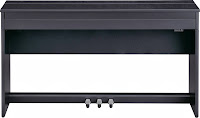 these new models in a big way with regard to the fundamentals of piano playing including key action, sound & dynamic response, and pedaling. The best product change analogy I can use is when Apple computer company upgraded their iPad2 to the iPad 3 with Retina display screen. The iPad Retina display was a huge upgrade in terms of the screen display quality and realism for images. The processing power was greater too and buyers were very impressed and bought them in huge numbers.
these new models in a big way with regard to the fundamentals of piano playing including key action, sound & dynamic response, and pedaling. The best product change analogy I can use is when Apple computer company upgraded their iPad2 to the iPad 3 with Retina display screen. The iPad Retina display was a huge upgrade in terms of the screen display quality and realism for images. The processing power was greater too and buyers were very impressed and bought them in huge numbers.

The new DP series are much the same way with its new upgrades of noticeably superior piano performance over previous models. The new key actions are much quieter and move better, the piano sound and dynamic range is much more realistic & pure, and pedaling is improved. For those people who play digital pianos or have played good acoustic grand pianos, they would be able to tell how nice these new Roland pianos really are as compared to anything that Roland and other piano companies have had before. The subtleties in tonality, nuance, dynamic range, and expressiveness are evident when playing complex music in ways not possible on Roland pianos in the past. It is important to note that I am not saying these digital pianos will replace a top name grand piano anytime soon!What I am saying is that for the money and its size, the playing experience on the DP pianos is very satisfying even for a skilled pianist and advanced student.
As I mentioned earlier, Roland has the two new upgraded piano hammer weighted graded key actions called Concert Keyboard (an appropriate name actually) and Premium Keyboard. The difference between the two is that the Concert Keyboard feels more like a real grand piano (upgraded design and construction) over the Premium keyboard found in the DP90e, which is not quite as realistic as the Concert Keyboard but still very enjoyable to play, and much better than most other brands in its price range. This is the first major key action upgrade in many years for the Roland company in terms of feel, key sensor ability and sensitivity, reaction
time, and overall quietness of key movement and keybed. For the first time ever in any major brand of digital piano that I know of, Roland now has 3 electronic key sensors per key along with an additional key scanning processor dedicated to processing key velocity information This new 4-part electronics
system is in all of the new DP, HP, & LX models and in my opinion makes a huge difference in overall touch sensitivity, expressiveness, dynamic range, and piano tone subtitles and is especially noticeable if you are a more advanced player. It’s that natural organic experience which piano players look for when playing any good piano and I believe the Roland DP series rises to the occasion in that way. If you are a beginner player then I don’t think you won’t be impacted by these types of upgrades, but it’s good to know they are there if you progress in your piano playing skills.
| Roland DP90Se ebony |
Unless you have previously played good quality digital or acoustic pianos or have a very musically trained ear for listening to well made acoustic pianos, you may not be able to recognize how good these new models really are as compared to some lower priced digital pianos or other brands and models in this price range. This is because sound and feel are, at the end of the day, subjective & personal and objectivity for the untrained ear and fingers can be difficult to obtain. Having said that, the piano sound realism, key sensitivity, and dynamic range along with a much quieter key action than ever before is really quite amazing in both of these compact models, and it does give you the impression that you are playing a top quality acoustic piano. The key weight and static touch weight (amount of finger pressure required to press keys when keys are at resting position) are very good and well balanced from bass through treble range and from black keys to white keys. Unless you get a chance to play one of these pianos locally you’ll just have to take my word for it:).
| New synthetic ivory keys |
Both new Roland key actions also incorporate a grand piano simulation
movement with a “let-off/escapement mechanism.” This key movement feature
simulates the key action feel of a grand piano as opposed to an upright
piano because when you press the keys down
slowly on a real grand piano, you can feel a slight hesitation or notch
about half way down when the key action is moving and this is called the
escapement or let-off effect. Generally speaking, upright acoustic
pianos do not have this feature but grand pianos do. Is this
let-off/escapement feature a necessity for playing a piano?…not
really…but it’s cool to have because it does offer a playing accuracy and feel that is subtle but yet noticeable, especially for trained players. The white piano key tops
are coated in a proprietary synthetic ivory material which (tries to) duplicates the feel
of the older acoustic pianos which had real ivory keys and has a slight textured feeling to them. Roland has added new synthetic ebony for the black keys on the DP90Se Concert Keyboard which completes the total realism of playing a real organic piano keyboard on all keys. This synthetic substance on both black & white keys
has a slight texture and helps absorb sweat from the fingers and offers a smoother playing
experience. It also looks a bit classier than the all
shiny white and black keys and I personally like this “feel” very much on the Roland pianos.
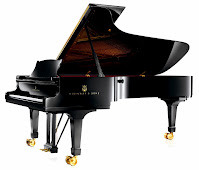
The acoustic piano sound itself (taken from Steinway acoustic grand pianos) on both Roland DP pianos are identical and they both have 128-note polyphony
piano memory (how many notes can be played and sustained at one time) which is more than enough for even the most complex piano pieces because of Roland’s advanced polyphony voice allocation. It’s a fancy way to say you won’t run out of notes even when layering two sounds together or playing complex MIDI files. Roland calls its acoustic piano sound SuperNATURAL Piano
meaning that Roland has attempted to reproduce a much more “natural & beautiful” acoustic
stereo sound in their digital pianos and I feel they have done this
quite well on these new models. In fact, if you plug in a good pair of stereo headphones to either piano they would both sound identical.
All in all, I personally like the Roland SuperNATURAL piano
sound as it offers a beautiful acoustic playing experience more closely associated with the Steinway grand piano sound because Roland takes its piano sounds directly from Steinway acoustic grand pianos, although Kawai & Yamaha have very nice piano tones in
their higher priced digital pianos too which come from their acoustic pianos (Kawai & Yamaha grands). It’s about apples &
oranges…some people like one better than another because everyone has
different ears and reacts to sound differently. I personally enjoy
playing and listening to the (Steinway sampled) SuperNATURAL acoustic piano sound in these new pianos as I have and do play Steinway concert acoustic grand pianos professionally for many years and I am familiar with their sound and dynamic nuances.
With regard to the piano pedals on the DP pianos, they operate very smoothly and feel realistic to press down and incorporate the three traditional pedal functions
(damper/sustain, sostenuto, and soft) of regular acoustic pianos. They
do work better than other digital pianos I have played and also simulate a
good note sustaining experience using a damper continuous detection pedaling feature. This function gives the player incremental note sustain amounts rather than just on & off or half pedal. It is definitely a much more realistic acoustic piano playing experience than other brands as well as
physically feeling like the pedal is changing resistance when being
pressed down. Roland calls this feature Progressive Damper Action. Having good piano pedals and operation is very important, especially to more advanced players, so Roland does a very good job in this way.
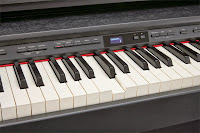 |
| DP90e satin black |
The DP models offer many high quality instrument sounds divided into 4
control panel buttons above the keyboard. These sounds include 14
variations of acoustic grand pianos, 5 upright pianos (uprights are generally not found on other brands), 10 electric pianos, and
321 additional instrument tones (just about anything you can think of
including strings, organs, banjo, synth, sax, trumpet, sitar, guitars, individual
drum sounds, etc:) for a total of 350 tones which is a lot! You can see
all of the instrument names and other function descriptions in the LCD
user display screen which is very nice for displaying relevant info. On the panel button with the 321 extra instrument sounds, it can be a bit tedious in getting to the sound you want by scrolling to it
with the value +/- button, but this is true of other brands as well. However, Roland has created a special iPad/iOS app (left pic) that allows you to select
all of the instrument sounds on the piano from
an iPad connected wirelessly to the piano. This iPad Roland app called Piano Partner, displays all 350 tones from within the piano which are easy to find and select right from an iPad. You may need to dedicate an iPad or other iOS device to the piano which not everyone can do as it does add extra cost, but it is very cool to do it that way. On the piano buttons in the piano you can
change the “tonality” of the sounds by increasing or decreasing the
brilliance or mellowness of the piano & instrument sounds and you
can take any two sounds and layer them together or split them separately
on either side of the keyboard. The pianos also have the duet twin
piano feature which lets you electronically divide the 88-keys into two
identical 44-key keyboards playing the same notes in the same octaves so
that two people can play the same music at the same time. It’s a great
feature for teacher-student, parent-child, etc, and many of the top
brands are including that feature in their pianos too.
A digital MIDI recorder is built into both models featuring 3 tracks of
recording and playback (for up to 3 separate instruments) and being able
to save the songs on a USB flashdrive which is very cool. There is also
an audio wav file recorder which allows actual CD recording and
playback giving a precise rendition of your song which you can then play
along with or save on a USB flashdrive for loading onto your computer
to use in notation programs or attach to emails to send to family &
friends so they can hear you on their computers…lots of fun with that.
You can also plug in another instrument or microphone into the pianos
and record that sound along with the piano and combine them. You can
also use a key transpose feature on the pianos to transpose your
recording (including the external audio source) to another key for
singing or modulating the song up or down in semi-tones one step at a
time. Even playback speed of MIDI and audio song files can
be adjusted up or down which is very cool for audio and most digital
pianos cannot do this on audio wav/CD files. So that means you can play
along with your favorite CD song direct in your piano and slow it down
to 75% of original speed to learn how to play it at a better (slower)
speed while learning…and it still sounds good! I have not seen
audio/CD song tempo control before on any other brand that has audio
record or playback.
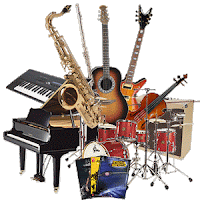 |
| General MIDI sound |
Both Roland piano DP models play back General MIDI song files
from a USB flashdrive which is a great feature and one I use all the
time in my studio. The General MIDI song format allows you to play your
piano parts along “with the band or orchestra” and to interact with
multiple instruments at one time using well known piano lesson books
including thousands of popular songs which can be found on the Internet.
For more info on the General MIDI format go here: General MIDI and Playing Piano.
Roland has a number of other ways its pianos can record music and
playback songs for music education & learning that are quite useful
and can be important when trying to learn music whether you are a
beginner or professional. But this comes as no surprise because for
years Roland has built professional recording & music learning
devices for musicians, teachers, and students who use them in their home
or studio for more effective practice sessions. If you want to know
more about this you are welcome to contact me.
The DP90e and DP90Se can connect directly to an iPad for another
interactive way of learning about music and playing the piano, and I use
iPad piano learning/teaching apps in my studio which
provide a cutting edge visual way of interactive piano practice and
learning. A unique feature of the Roland HP pianos is that they
can do a wireless USB connection to an iPad using an optional Roland wireless USB
adapter going through a specially created Roland iPad app called Piano Partner. Also on the new DP models there is wireless audio to play music from iTunes (with tempo & transpose control) and hear it through the Roland piano speakers by way of the new Roland Air Performer app without need of connecting audio cables from the piano to the iPad. This is quite helpful and unique and I have not seen this featured offered on other brands before. The audio sound from other non-Roland iPad music apps still need connecting cables but that’s true of the other brands too.
The speaker/audio systems are identical in both models with 24 watts of total stereo audio power going into 2
amplifiers and 2 speakers. I was surprised by the large full piano sound coming out of these compact models, especially the audio power in the DP90Se which is probably due to the cabinet and the higher decibel sound pressure levels. The cabinet itself helps resonate the piano sound quite well and there is enough volume for a good size room. However you can connect external powered speakers or a home stereo to these pianos to give them even more bass and fullness if that’s what you desire (I have done that because I like big sound and the DP90Se sounds like a big grand piano when connecting a good set of smaller powered speakers). But overall the sound coming through the internal piano speakers will be good for most home applications. So you can’t judge a “book by its cover” when looking at these models in terms of sound output because they do a very good job all by themselves.Copyright AZPianoNews.com 2014
The best way I can sum up and identify the major changes from the previous models to these new models are as follows:
1. PHA-4 Concert Keyboard with Escapement and Ebony/Ivory Feel features
Roland’s latest high-resolution touch-detection technology
2. Fortissimo (dynamically very loud) playing styles are fully expressed with the new Dynamic
Harmonic feature, which provides both a unique tonal character and
powerful sound
3. New Individual Note Voicing to customize the sound to your taste by
adjusting the pitch (tuning), volume, and character of each note independently including Stretched Tuning: -50.0 – +50.0 cent, Note Volume: -50 – 0, Note Character: -5 – +5
4. Headphones 3D Ambience effect sound experience while using headphones for private practice
5. Display music scores and songs with Piano Partner app for iPad
6. Independent volume control for
headphones and volume limit function
7. Better connectivity with mini stereo input and output jacks as opposed to just standard 1/4 jacks
I do need to point out that while all of the upgrades on these new pianos are pretty impressive, the most interesting new feature to me is that for the first time that I know of on a top name home digital (upright style) piano, you can actually electronically adjust each of the 88 notes one at a time for tuning, volume, and character (voicing). On all other top name digital pianos you can only do this for all 88 keys at one time, but not for each note individually. This may not be useful or ever necessary for beginner thru early intermediate players, but for more advanced players you may have reason to want specific notes individually altered because of the way you hear your music and the notes that are playing. It’s all about the “ear” and about your piano playing experience & skill level, thus you may find this new and impressive feature useful to be able to play your music exactly in the way you want it to sound over 88 individual notes.
Another new feature I found intriguing was the “3D effect” through
stereo headphones. It’s
supposed to give you the impression the piano sound is all around you
coming from different directions as opposed to directly into your ears.
Roland calls it “an immersive sound
experience” which gives you the feeling you’re not actually wearing
headphones at all…and that’s really the point of this feature. I tried
it out and found that overall, it had a more natural effect than
listening through stereo headphones without this feature. It actually
did sound like I wasn’t wearing headphones…although I was:). This is
new technology in digital pianos and it’s a nice feature to have
especially if you be using headphones often. This headphone sound effect
only works when the ambiance button on the piano control panel is
selected and it can be turned on or off. Also, it’s important to
have/own excellent sounding stereo headphones for private playing
because you want to capture all the nuances and quality of the new
enhanced Roland piano sound dynamics and tonal qualities. I can give you
some good
recommendations if you don’t already have headphones.
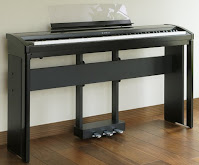 |
| Kawai ES8 |
If you want a realistic and satisfying acoustic piano style playing experience without an over abundance
of digital features (no drum rhythm
patterns, no automatic chord styles, etc), I believe the Roland DP90e and DP90Se would be an excellent choice depending on your budget, and I do recommend them. They are a big upgrade from the prior models in key action & piano dynamics and play great. As compared to the other popular name brands such as Yamaha & Kawai, etc, the new Roland pianos have some of the latest piano technology out there right now, and in a number of important ways they surpass what other brands do in similar price ranges, although Kawai does have a new model that I like very much called an ES8. But the ES8 does not have an upgraded furniture cabinet like the DP90Se. Although these DP pianos do a lot more than I have mentioned in this review in terms of digital features they have, those things are just “frosting on the cake” as far as I am concerned. Once you get up into this price range it’s mostly all about piano playing in my opinion, and that’s definitely where the Roland DP models excel. Regardless of what you decide to purchase, do your homework before making a buying decision and you can’t go wrong with either of the new Roland DP digital pianos, but especially the DP90Se because of its good looks and significantly upgraded key action and that is the one I would choose over the DP90e.
If you want more info on new digital pianos and LOWER PRICES than all internet discounts, please email me at tim@azpianowholesale.com or call direct at 602-571-1864.
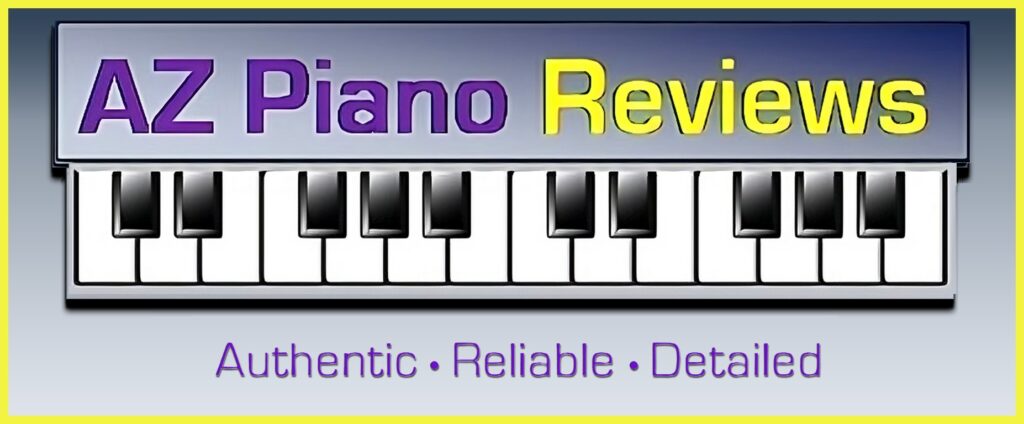



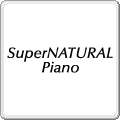








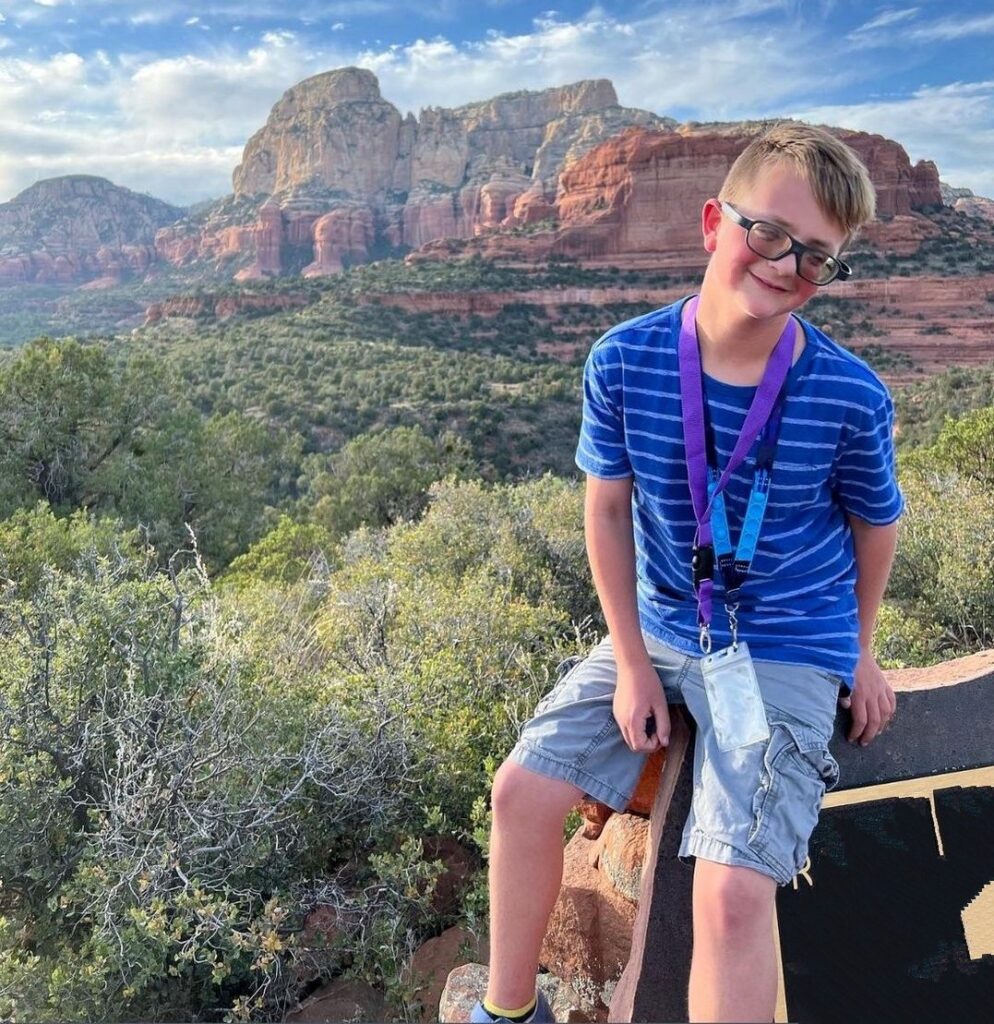
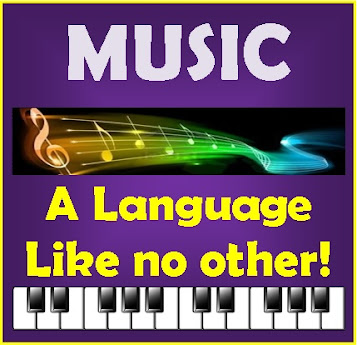
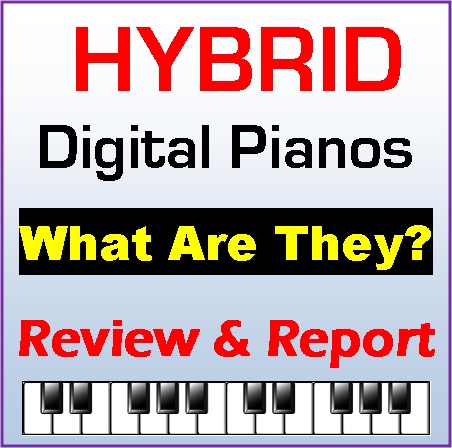
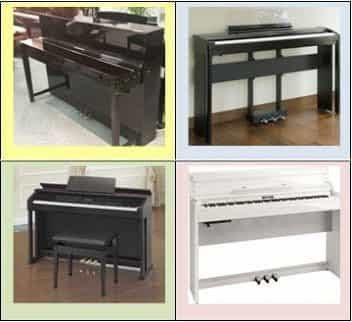
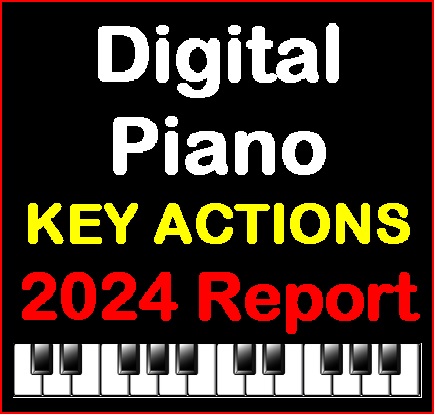
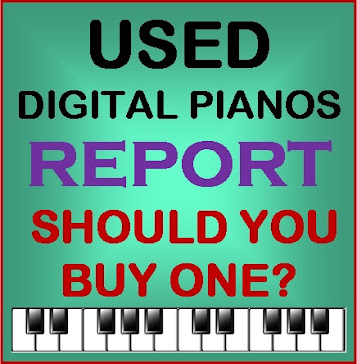
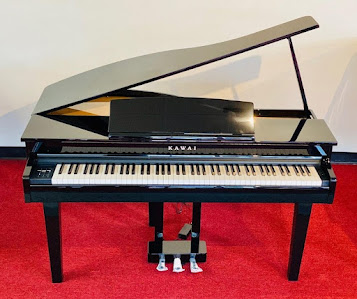
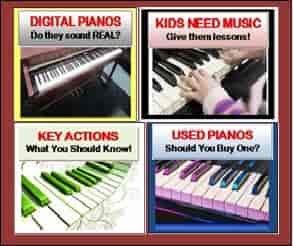
Thank you Tim for the great review! Do you know if the keys are made of wood?
I merely want to point out that as of March 2014, the new Clavinola (CLP) series by Yamaha also features escapement.
I myself will be soon chosing between Yamaha CLP-545, Kawai CA-65 or Roland DP90 E. The Yamaha and Kawai both have woode keys. The Roland SE version is considerably more expensive and I'm not sure if the mechanics is that much (or any) better compared to the Yamaha or Kawai. Do you have any insight on this?
Thanks again.
Mike
I am interested in the Kawai MP7 with the RH2 action and the Harmonic XL sound or the Roland RD-800 with the Concert action and Supernatural sound. In your opinion, which is the better action (closer to a real grand piano) and what has the more authentic sound? The Kawai has 256 polyphony vs the Roland 128. Will that be a problem? Thanks
The MP7 is substantially less money than the RD800 so I don't think that is not a fair comparison to begin with. However both pianos are excellent choices and will give you a very satisfying piano playing experience. For the money, the new Kawai MP7 is outstanding with all of the substantial upgrades over the former MP6. With that in mind, unless you want or need all of the additional instrument sounds and tones that the Roland RD800 does provide, which is far more than the MP7, my choice would be the Kawai MP7 for a piano sound, key action, pedaling, and polyphony that allows for the most authentic piano reproduction in its price range. But I do not think the Kawai is necessarily better than the Roland with regards to the piano playing experience…they are just different. If you live in the US, you can contact me direct for more detailed info and I can also help you with getting lower prices on either model.
Is it worth buying the new DP-90se over the old dp-90s – I can get the old one quite heavily discounted at my localshop so just wondering if it's worth spending the extra money on the new line, or if it's ok to settle for the other, bearing in mind there's quite a price difference?
Hi Thomas, The simple answer is…YES it is definitely worth the difference in price because of the significant upgrade in key action authenticity, movement, quietness, and piano sound realism and incremental full range expressive dynamics. If you care about that and intend on keeping the piano for a long time, then in my opinion it would be worth it to get the new one. If you want more detailed info on the differences and also get info on lower than internet prices for the new models, go ahead and email me directly.
I am replacing a Yamaha CLP-970AC that is beginning to fail. How does the DP-90SE compare to the older Yamaha. Thanks. Allen
You're kidding…right? The Yamaha is an older model with a big cabinet which includes a large internal speaker system while the Roland is small and compact with small internal speaker system in comparison. Why would you compare those two models? If it's small size that is important to you then the Roland would be better as its new piano key action, piano sound chip, and pedaling realism is far beyond that of the Yamaha. If you need more specific info including lower pricing on digital pianos, please contact me by email
Tim, I truly appreciate your input. The reason for the odd comparison is that I own a CLP-970AC that is not working correctly. Thus, I am looking for a replacement. I am considering the Roland DP-90SE for several reasons. (1) It is in my budget. (2) According to the reviews here, it is very similar to the HP-506 except for the speaker system. (The HP-506 seems more comparable to the Yamaha to me but is outside my budget.) (3) My piano is in a small spare "bedroom" turned music/computer room; so, the size of the DP-90SE is attractive. (4) No offense, but I prefer to buy local when I can and have a Roland dealer in my town. He is not an authorized dealer for the HP line but can get the DP-90SE. So, in short, I am wondering if the DP-90SE would be a suitable replacement for the Yamaha CLP-970AC. I just don't want to "downgrade" my piano, but a "side-ways" move is fine. By the way, since I play for my church, I mainly practice hymns and choral pieces on the piano. Again, I am truly grateful for your insights. (Sorry, if this is a duplicate; I tried to post via my smartphone, but I don't think I was successful.)
makes sense…contact me by phone or email and I would be happy to give you some specific advice:)
Tim, I just wanted to update you. I did have a chance to play a Roland AP-90 and found it a suitable replacement for my ailing Yamaha CLP-970. Thus, I purchased it. It obviously sounds and feels different than the Yamaha, but I am gradually becoming accustomed to it. It is really a great (digital) piano. Thanks for all of your reviews, advice, and input available on this site. Allen
I am always happy to hear that people like yourself are enjoying a new digital piano. Yes, the more you play that Roland the more you will really like it:). I wish you much musical happiness!
Hi Tim, nice review. I am considering to buy one of the new DP90 models. I play mostly piano, but sometimes also play piano+strings. Would you like to give a short description of what types of tones/sounds there are in the string category? In the product detail it is mentioned that there are 14 sounds. Allan
I would be happy to give you more info so please email me directly for that
Hi Tim, I am considering the Roland RP401R vs the HP and DP series for my 8yrs old son who is learning piano. Do you know what the difference is between the standard, premium and concert Roland keyboards?
The key action differences would be considered "good, better, best" when comparing the 3 keyboard actions. The differences are in the way they move up & down, the sturdiness, construction, the touch weight resistance, and action subtitles that help with playing technique. Please contact me directly by email and I can give you more detail on specific Roland models and their key actions, as well as the different piano sound chips used in these models.
Hello Tim,
I have the dp90se piano.
As the piano don´t have the standard midi in/out entrance do you know if there is a way to connect the Roland backing module BK7m to the piano ?
or is there a chance to play music styles in the piano via a software in a PC ?
Many thanks for a reply.
you can purchase a USB to MIDI interface to allow you connect, such as this one at the following site:
http://www.m-audio.com/products/view/uno#.VHDx-mddggo
Hello, I want to buy Roland digital piano and want to know between DP90e and HP 504 which one is better choice. Would please tell me the differences?
Do you think Roland's new concert action is far more expressive and dynamic sensitive than a normal grand? I mean, too easy to play very soft or very loud?
I am interested in this piano but have my concerns. I had a p105 and took lessons on a Steinway upright and had to switch to the p155 to get better training for controlling dynamics on the real thing, including the grand pianos I would play on the showroom floor. I don't want to backtrack in this area. Thank you for your help.
How would you compare Kawai's new RH3 with Roland's Concert action? Which is closer to a real grand piano?
I also wanted to ask if it is easier to do trills on this action than on a real grand piano. I am the same person that posted the original question. Thanks again.
Hi, I'm in the market for a digital piano, and looking at either the DP90Se or the DP90e. (I like the smaller form factor.) I'd be willing (but not eager, if it doesn't matter) to pay the extra money for the DP90Se because it sounds like the keyboard action is better, but I'm worried my wife would prefer satin black to polished ebony, and I can't get the DP90Se in satin black, (although she has looked at the pictures online and says she can live with polished ebony, I need to figure out how much to push it – happy wife, happy life – plus the polished ebony adds to the cost delta, even though it may be less desirable for us). I haven't found a place to try either yet – in your opinion, is the difference from premium to concert action between these two meaningful? (Fwiw, I'm an intermediate player in my early 50s who hasn't really played much since my early 30s (had an early clavinova that I sold then). I currently play on a 1939 Steinway baby grand that has been in my family (what I grew up playing) that I had completely rebuilt about 15 years ago. I need a digital piano so I can play more, both during the day (wife doesn't enjoy my practicing) and at night – I'll probably almost always use headphones when I play the digital piano, at least until we downsize out of our house in about 10 years and I give the Steinway on to the next generation, so the action is important, but I don't know how much I could tell the difference – haven't played a digital piano in years. If there is a meaningful difference, another possibility is to give up on the small form factor and go with the HP506 in satin black and put it in the basement (and maybe regret the bigger size when we downsize). So I guess the question is, if the polished ebony isn't of value to me (and possibly negative), do you think the DP90Se is worth it over the DP90e?
The DP90Se definitely feels closer to a grand piano than the DP90e does. The key actions of those two models are noticeably different in movement & weighting, and also the Concert Key Action has less ambient key action noise than the Premium Key Action when the keys are moving up & down. The Premium action is still enjoyable to play, the the Concert action is even more-so, depending on your playing skill level.
Thanks. I actually just tried the HP504 and HP506 today, which I believe are the same actions as the DP90e and DP90Se (according to your reviews) – I agree with you, the HP506 is noticeably closer to a grand piano. Now I just need to think about it – also, it sounds like I can get the HP506 in satin black locally at $3,200 – that's not that much more than the DP90e which looks like it's $2,600 online, and less than the DP90Se at $3,600 online.
The DP90e and HP504 have the same key action (Premium). The HP506 and DP90Se have the same key actions (Concert). The HP506 cannot be compared to the DP90e. The comparable model is the DP90Se. Regardless, depending on which model you prefer, if you contact me by email I can help you with getting a much lower price on any of these new digital pianos than US internet or US store discount prices.
Dear Tim,
thanks for you in depth review of Roland DP90Se. According to it, it looks to be my best choice. I have however one concern that you may possibly help me to clear. If I understand well, this model was released on the market at the beginning of 2014. On your site I see that the updated review of the piano is dated November 2015. Does it mean that Roland has released an updated version of Dp90Se? If not, do you think Roland is going to release an updated version soon? Generally speaking, it looks like new models are launched on the market pretty frequently, and I would like to avoid purchasing a DP90Se just to discover the day after that an improved model has been just made available.
Thanks in advance for your reply and opinion, and for the very good job you are doing on your website 🙂
Daniele
Tim,
I've tested several digital pianos and have narrowed it down to the Roland DP-90s or the Roland hp504. From what I can tell, other than the cabinet/stool and pedals, the only main difference is the location of the speakers and the size of the cabinet. Is that true? I'm drawn to the compact size of the dp90e, but the store I'm buying from is offering a nice package (upgraded headphones, better bench and wireless USB dongle) for $2299 v. the dp90e for $2495 with lesser quality bench, headphones and no dongle). I'm tempted to go with the 504 but I really like the smaller size to fit into a tight space in my house.